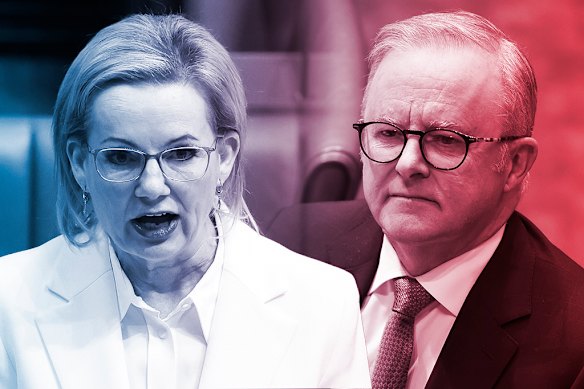
Support for Australia’s Labor Party, led by Prime Minister Anthony Albanese, has reached its highest level in two years following the recent election. The latest findings from the Resolve Political Monitor indicate that Labor’s backing has risen to 37 percent, a two-point increase over the past month and a notable rise from its performance in the May election.
The poll, which surveyed approximately 1,800 voters, reflects a growing confidence among constituents that the Albanese government is addressing key issues effectively. Notably, the Coalition, headed by Sussan Ley, has maintained its primary vote at 29 percent, with the Greens remaining steady at 12 percent. The data suggests that Labor’s increased support has come largely at the expense of minor parties, aside from One Nation, which has seen a slight increase to 9 percent.
On a two-party preferred basis, Labor’s lead over the Coalition has expanded to 59-41, marking its strongest performance since April 2023 and a four-point increase since the May election. If these numbers were to translate into actual election results, Labor could potentially increase its representation from the record 94 seats won in the federal election, gaining ground in traditionally Coalition-held electorates such as Longman in Queensland, La Trobe in Victoria, and Forrest in Western Australia.
Jim Reed, director of Resolve Strategic, remarked that Labor is currently “sitting pretty” with its expanded primary and two-party preferred vote. Despite the Coalition not experiencing a decline in support, Reed noted that they have not made any progress either.
While the overall picture appears favorable for Albanese, personal approval ratings present a different narrative. Despite the party’s success, Albanese is reportedly facing challenges in connecting with voters on a personal level. In contrast, Ley has emerged as a likable figure among constituents, with her deputy, Ted O’Brien, establishing himself as a valuable asset for the Coalition.
As the political landscape evolves, both parties will be keenly aware of public sentiment as they prepare for future challenges. Voter perceptions will play a crucial role in shaping the strategies of both Labor and the Coalition as they navigate the complexities of Australian politics.







